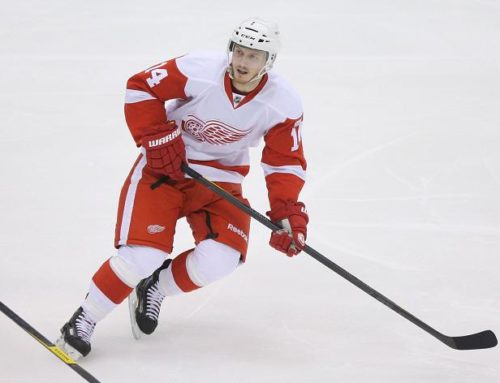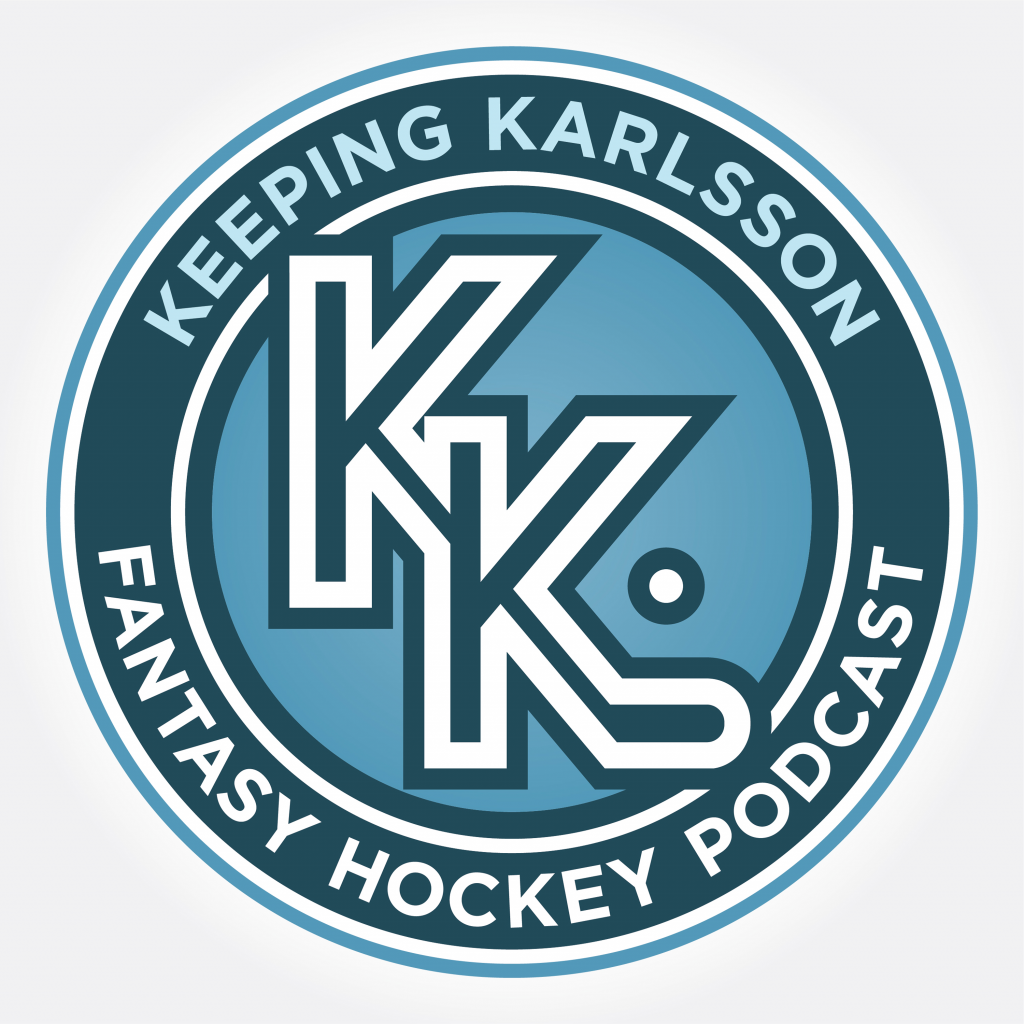
There is a significant amount of disagreement regarding the value of certain statistical metrics in the game of hockey today. Some fans and analysts hold these metrics in very high esteem, using them as the basis for their arguments about teams and individual players. Others suggest stats like Corsi and Fenwick are less telling, are manipulated to help support flawed arguments and are generally overrated.
I've found many of the statistics to be helpful in evaluating individual players – especially in my fantasy leagues. When it comes to assigning value to skaters, I believe one statistic stands above the rest. That statistic is PDO.
This stat is simply the sum of shooting percentage plus save percentage. Advanced statistical research suggests shooting percentage and save percentage primarily driven by luck over the long term. Add them together and you have a stat that accurately reflects a player's luck while he's on the ice. Generally speaking, the stat is designed to regress toward 1.000. For a more in-depth explanation of PDO, check out this article from Arctic Ice Hockey.
Let's use this statistic to evaluate one of the game's most talented skaters and (mostly) reliable fantasy assets: New Jersey Devils winger Ilya Kovalchuk.
It has been a little more than two years since the Devils pulled the trigger on a blockbuster trade to acquire Kovalchuk. In September of 2010, the Devils made a significant long-term commitment to the then 27-year-old sniper, signing him to a 15-year, $100 million deal. The price to retain Kovalchuk was steep, but he was seen as one of the game's great offensive talents and a player whose track record suggested he could provide point-per-game production for at least a few more years.
The price of acquiring Kovalchuk's services in one-year fantasy leagues was also extremely high. Entering the 2010-11 campaign, Kovalchuk was coming off draft boards late in the first round or early in the second round. That came as a surprise to no one, considering Kovalchuk had been a point-per-game performer in four out of the previous five years and had scored 27 points in 27 games with the Devils during the previous season.
However, no one could have predicted what would happen next.
Kovalchuk's production dropped significantly in his first full season in New Jersey. He scored just 31 goals and totaled 60 points, his fewest of each since his rookie campaign of 2001-12. To make matters worse, his plus-minus of -26 was the worst of his career. Simply stated, he was a massive disappointment for the Devils, his fans and his fantasy owners.
It is impossible identify just one reason as to why Kovalchuk's numbers nosedived in his first full season with the Devils. In fact, there were a number of key factors:
- A player that averaged 286 shots per season and 3.69 shots per game in his first eight seasons in the NHL, Kovalchuk took just 245 shots in 2010-11, or approximately 3.02 per game.
- The Devils stumbled out of the gate as a team, leading to poor statistical production from a number of previously-reliable fantasy assets.
- Teammate and fellow star forward Zach Parise appeared in just 13 games all season due to a serious knee injury.
- The weight of great statistical expectations following Kovalchuk's decision to sign a $100 million deal with a perennial playoff contender.
Luck, or a lack thereof, also played a significant role in Kovalchuk's underwhelming season.
In doing some preseason research for my one-year fantasy drafts, I decided to look up Kovalchuk's PDO on the hockey site Behind The Net.ca. I discovered he posted a PDO of 1.035 in 2009-10. However, it promptly dropped to .971 in 2010-11, good for second worst on the team among forwards that played at least 50 games.
Kovalchuk's PDO has rebounded a bit to .983 this season, as has his production (26 goals, 38 assists and 64 points in 61 games) thanks to a little bit more luck and a lot more shots. After averaging just 3.02 shots per game a season ago, the Devils sniper is averaging 4.04 per game in 2011-12.
To get a better grasp on the how luck has affected Kovalchuk's production over the course of the past few years, let's take a look at Kovalchuk's year-by-year PDO in his past four full seasons:
|
Year |
PDO |
Points |
Plus-Minus
📢 advertisement:
|
|
2007-08 |
1.015 |
87 |
-12 |
|
2008-09 |
1.01 |
91 |
-12 |
|
2009-10 |
1.035 |
85 |
10 |
|
2010-11 |
0.971 |
60 |
-26 |
It can safely be stated that Kovalchuk's fortunes took a significant turn for the worse in 2010-11. Furthermore, his PDO of 1.035 in 2009-10 may help explain his career-best plus-minus of 10 (the first season in which he finished as a plus player in his entire career).
As with Kovalchuk, we can quickly and easily determine who has the highest and lowest PDO among players who have played in a significant number of games this season by looking it up on Behind The Net.
Some fantasy-relevant names appear among the league leaders in PDO (minimum 50 games played):
- New York' Derek Stepan (1.055)
- New York's Michael Del Zotto (1.044)
- Calgary's Olli Jokinen(1.036)
- Phoenix's Ray Whitney(1.035)
Some interesting names also appear on the list of NHL players with the lowest PDO this season (minimum 50 games played):
- New York's Mark Streit (.956)
- Montreal's Tomas Plekanec (.967)
- Columbus's Fedor Tyutin (.968)
- Anaheim's Cam Fowler (.973)
It is no secret fantasy owners need to rely on a wide variety of information when making roster decisions about their respective squads. Understanding PDO and its ability to suggest if luck has had an effect on a player's performance can significantly help with individual player evaluation. It's just one of many factors fantasy hockey enthusiasts need to consider, but few statistics are more reliable and easy to understand.





 FLA
FLA CHI
CHI NYR
NYR PIT
PIT L.A
L.A COL
COL CBJ
CBJ ANA
ANA MTL
MTL TOR
TOR WPG
WPG SEA
SEA S.J
S.J VAN
VAN BOS
BOS MIN
MIN
